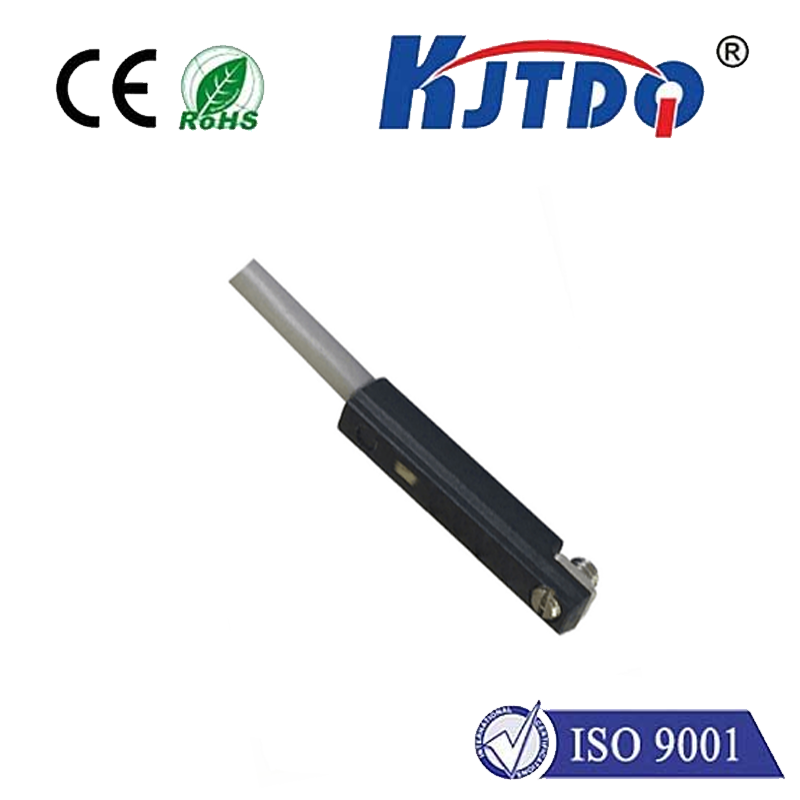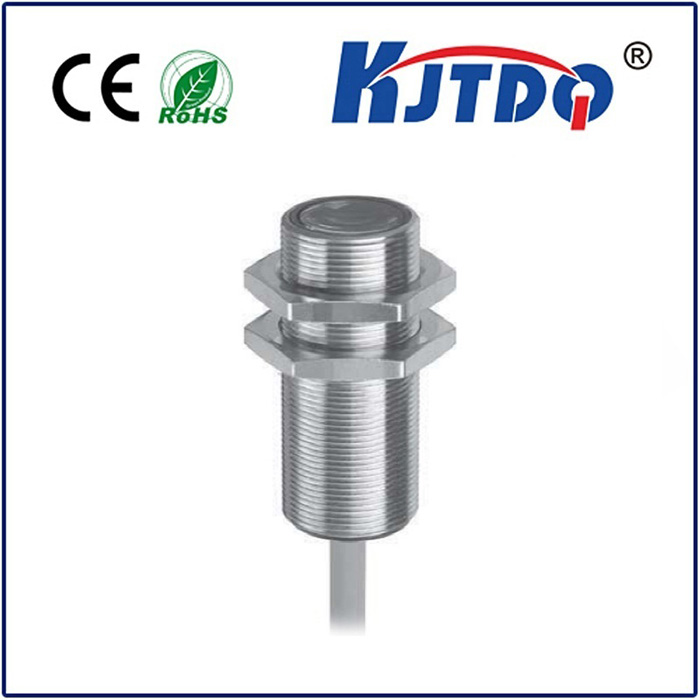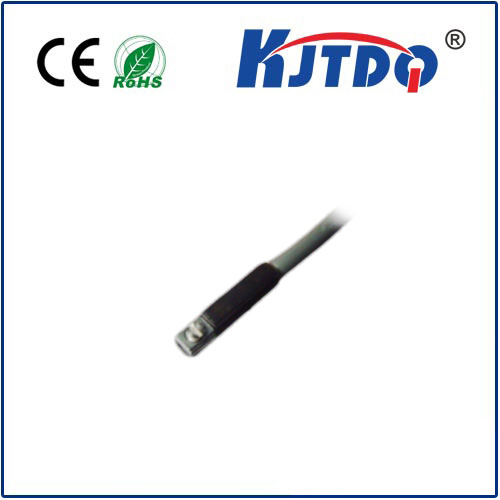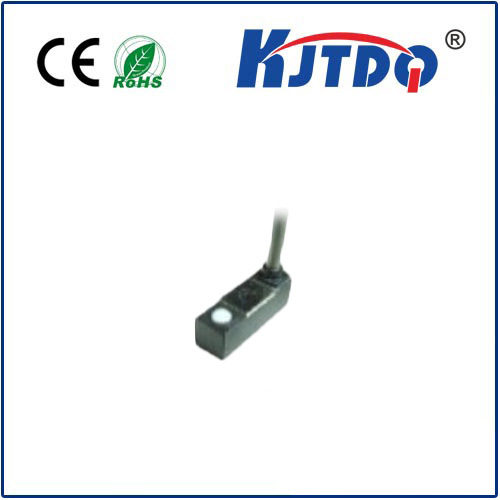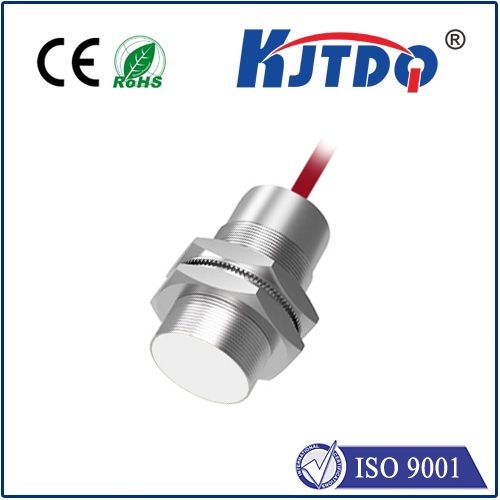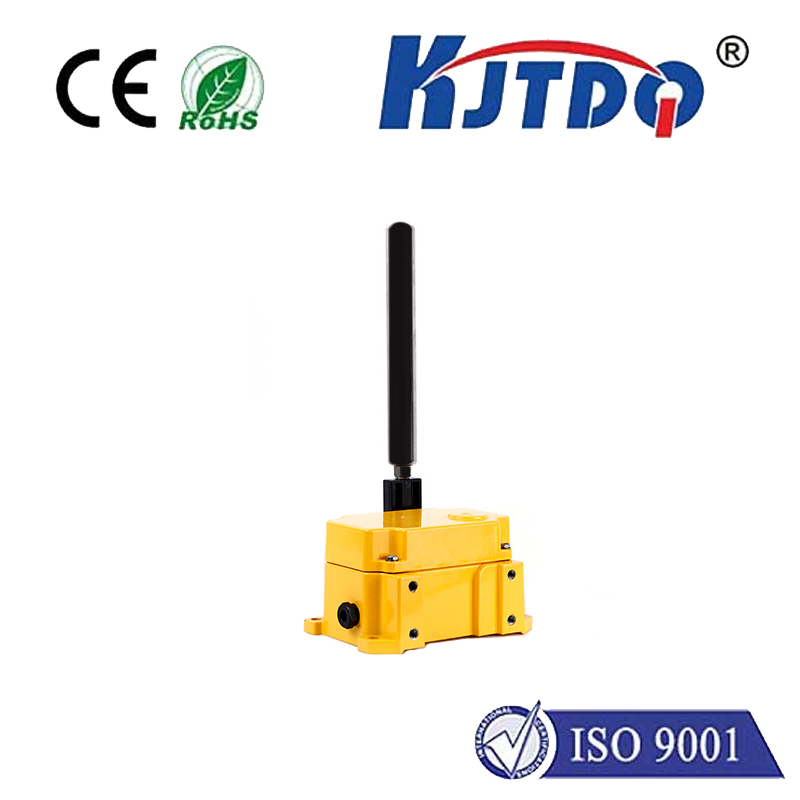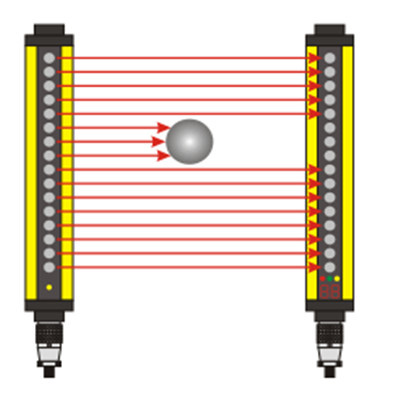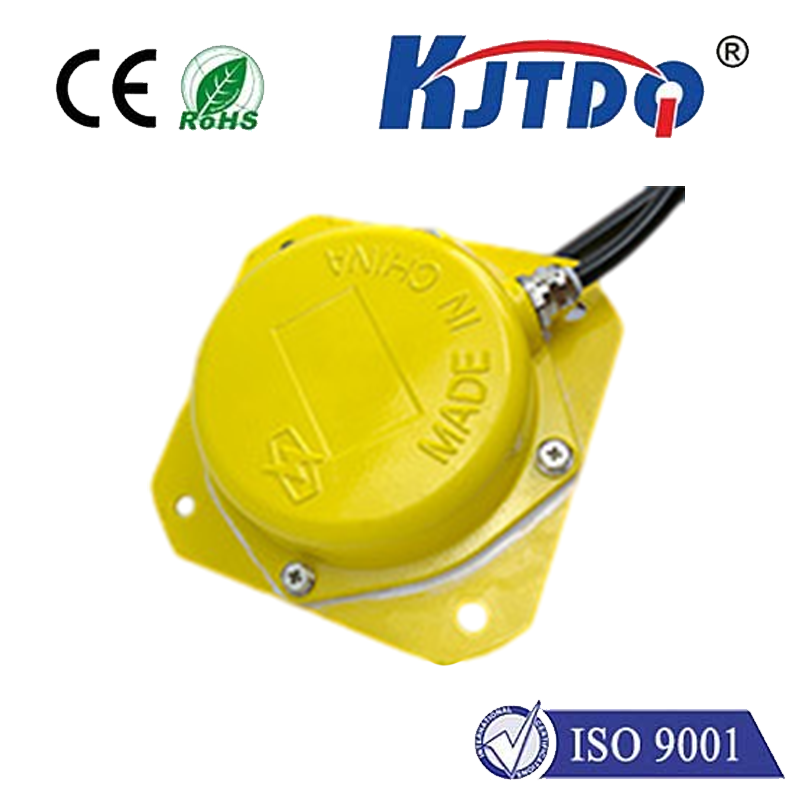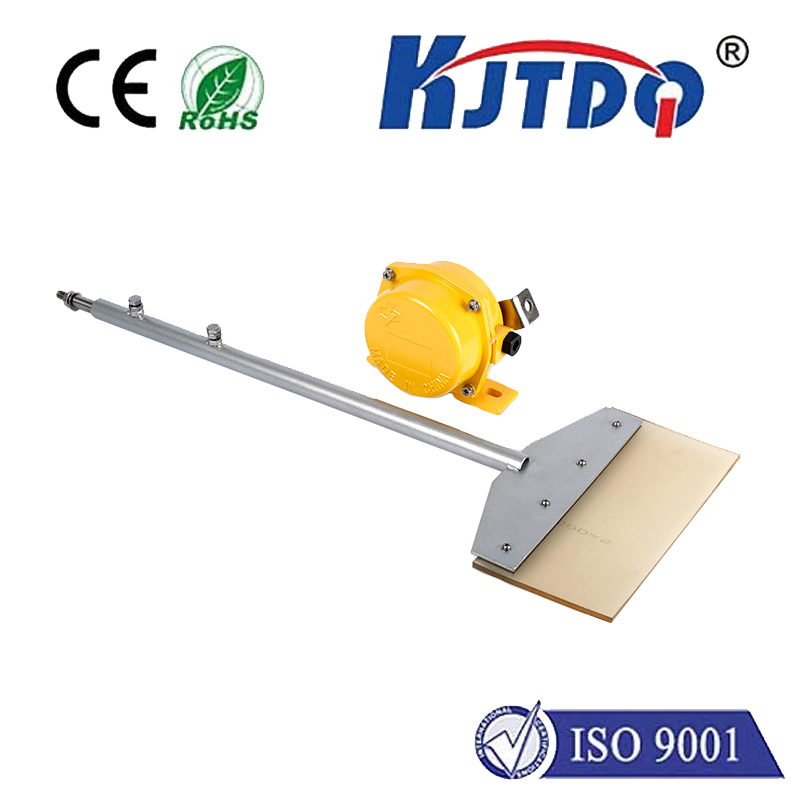Distance Proximity Sensors: Revolutionizing Detection in Technology and Daily Life
Picture this: your smartphone automatically dims the screen as you raise it to your ear, or your car warns you before bumping into an unseen obstacle. These seamless interactions aren’t magic—they’re powered by distance proximity sensors, the unsung heroes of modern tech that detect nearby objects and measure their proximity with astonishing accuracy. In an era where automation and safety are paramount, these sensors have quietly transformed how we interact with devices, from smartphones to self-driving cars. By bridging the gap between humans and machines, they enhance efficiency, prevent accidents, and simplify complex tasks, making them indispensable in our fast-paced world.

At its core, a distance proximity sensor is a device that identifies the presence or absence of an object within a specific range, calculating distances without physical contact. How does it achieve this? Typically, it emits a signal—such as infrared light, ultrasonic waves, or radio frequencies—and then measures the time it takes for that signal to bounce back after hitting an object. This process, known as time-of-flight (ToF) calculation, allows the sensor to determine the object’s distance with precision. For instance, ultrasonic sensors use sound waves to gauge proximity, ideal for applications like parking assistance in vehicles, while infrared sensors, common in smartphones, detect heat signatures to trigger actions like screen locking. This non-contact approach not only minimizes wear and tear but also ensures swift, reliable detection across diverse environments.
The applications of distance proximity sensors span countless industries, reshaping how we live and work. In consumer electronics, they’re integral to everyday gadgets—think of your tablet auto-rotating when you tilt it or a smartwatch activating features with a wave of your hand. These sensors enhance user experience by making devices intuitive and responsive, eliminating the need for buttons and reducing energy consumption. Moving to automotive safety, proximity detection is a game-changer; modern cars employ these sensors to enable features like blind-spot monitoring and automatic braking. As an example, advanced driver-assistance systems (ADAS) rely on them to scan surroundings in real time, slashing collision risks and saving lives. The cost-effectiveness and adaptability of these sensors explain their rapid adoption—factories, for instance, use them to monitor assembly lines, ensuring machines stop instantly if a worker gets too close, thereby preventing injuries and boosting productivity.
Moreover, distance proximity sensors are driving innovation in healthcare and robotics, where precision is critical. In medical devices, they assist in non-invasive monitoring—such as guiding surgical tools to avoid sensitive tissues or tracking patient movements in rehabilitation settings. This enhances accuracy while minimizing human error, leading to safer procedures. For robotics, proximity detection allows autonomous robots to navigate cluttered spaces, whether in warehouses managing inventory or in homes performing chores. The low power consumption and compact design of modern sensors make them ideal for these applications, ensuring devices run longer without frequent charging. Surprisingly, even agriculture benefits, with sensors helping drones map crop health by gauging distances to plants, optimizing water use, and reducing waste. What’s fascinating is how these sensors adapt to challenging conditions like low-light or noisy environments, proving their versatility beyond basic detection.
Why are distance proximity sensors becoming ubiquitous? The key lies in their unmatched benefits: reliability, cost efficiency, and scalability. Unlike older mechanical systems, they provide consistent measurements without degradation, making them ideal for mass production in industries like manufacturing and IoT. Their ability to operate in harsh conditions—such as extreme temperatures or dusty sites—ensures uninterrupted performance in critical scenarios. Additionally, advancements like integration with artificial intelligence allow sensors to learn and predict patterns, improving responsiveness over time. As tech evolves, expect smaller, smarter sensors with features like multi-object detection, further expanding their reach into smart cities and sustainable energy projects. Ultimately, distance proximity sensors are not just tools; they’re catalysts for a safer, more connected world, quietly shaping innovation one detection at a time.
